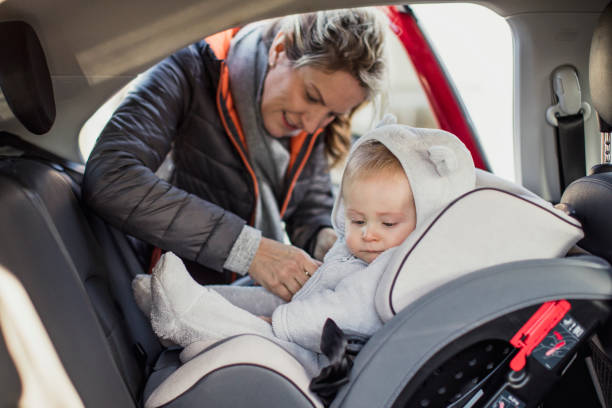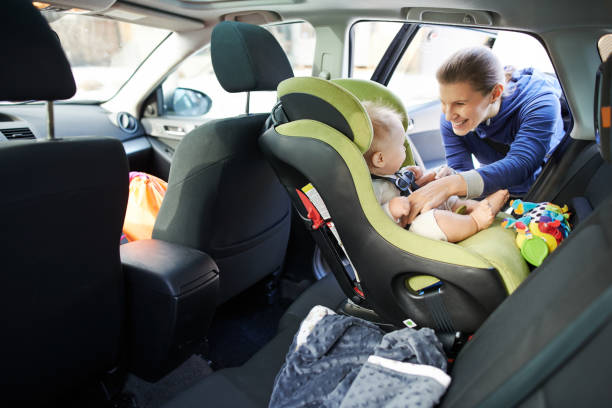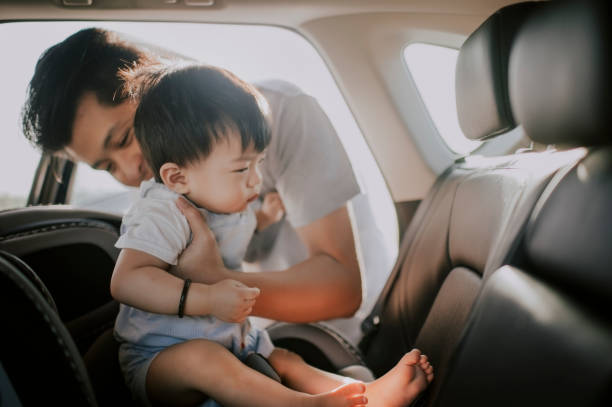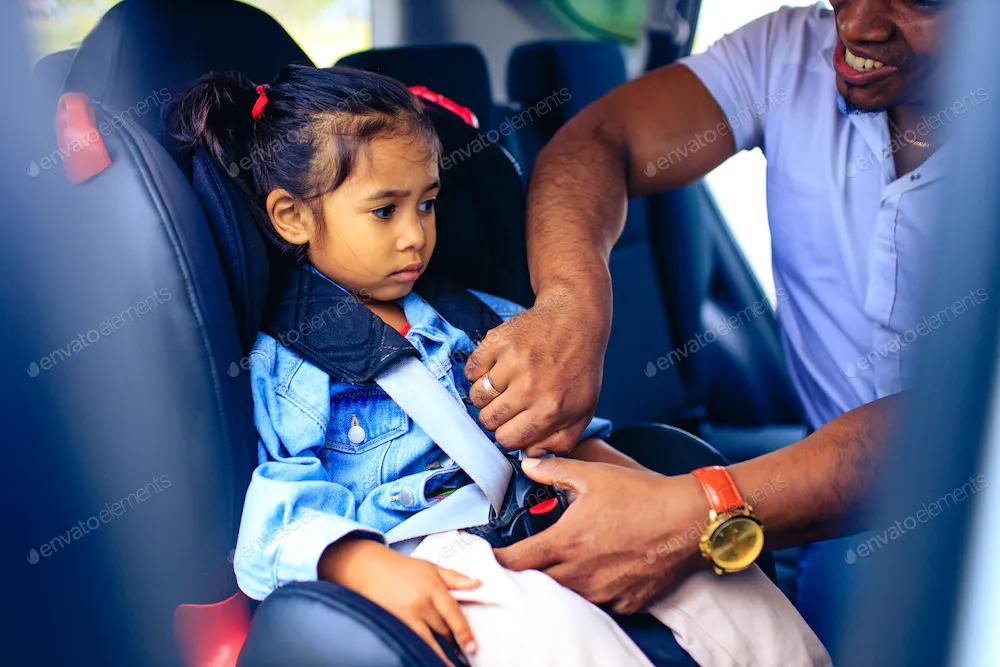Jeff Lupient: Tips for Buying a Car Seat Online
 |
Image source:
img.freepik.com |
When buying a car seat, make sure it fits in your car and can be installed properly every time. It is also important to check the height and weight limit of the car seat to ensure you get one that is appropriate for your child, adds Jeff Lupient.
The National Highway Traffic Safety Administration has developed several resources to help you determine which type of car seat to use. Also, it gives you the option to compare different types of car seats. Once you know which kind of car seat to buy, you must get one that meets federal guidelines. When purchasing online, it can be very difficult to determine if you are getting a car seat from a third party. If you don't know what to look for, you may end up getting a counterfeit seat.
Here are a couple of things to keep in mind when buying a car seat online:
• Buy the car seat directly from the manufacturer so you can be sure the seat is not a knockoff or counterfeit seat.
• Be careful when buying seats on Amazon or other sites that allow third parties to sell seats. Many counterfeit seats are unsafe as they do not meet the federal safety guidelines.
• Even if the car seat looks the same as the original, it may not have met safety standards.
• Be careful with deals that seem too good to be true or car seats that are very cheap.
.. • Check the American Academy of Pediatrics to see if the car seat brand is listed on their website. All car seats that are listed on the website meet federal safety guidelines.
• When buying from a retailer, make sure it is a reputable retailer that sells seats directly from manufacturers.
• Check to make sure they have a return policy.
• Never buy a used or secondhand car seat from social media. Jeff Lupient does not recommend buying a used seat because you do not know the history of the seat. If the seat has been involved in an accident or is missing any of the safety features, it is not safe to use.
 |
Image source:
img.freepik.com |
It is the primary duty of parents to make sure their child is safe and healthy at all times. Buying a car seat is one of the many important decisions you must make to ensure your child's safety, adds Jeff Lupient.
Learn more about car seat safety and features by subscribing to this Jeff Lupient blogsite.













